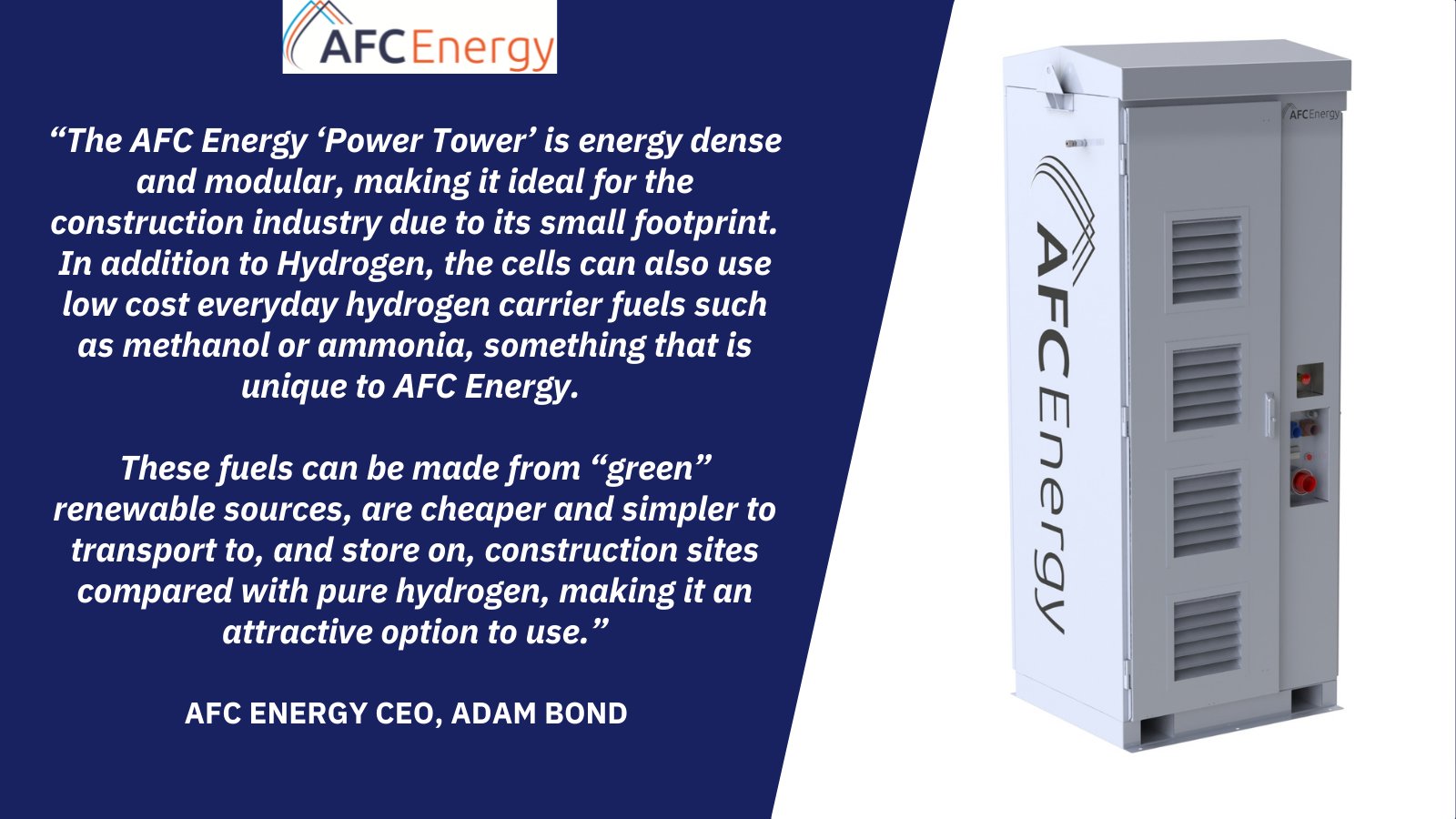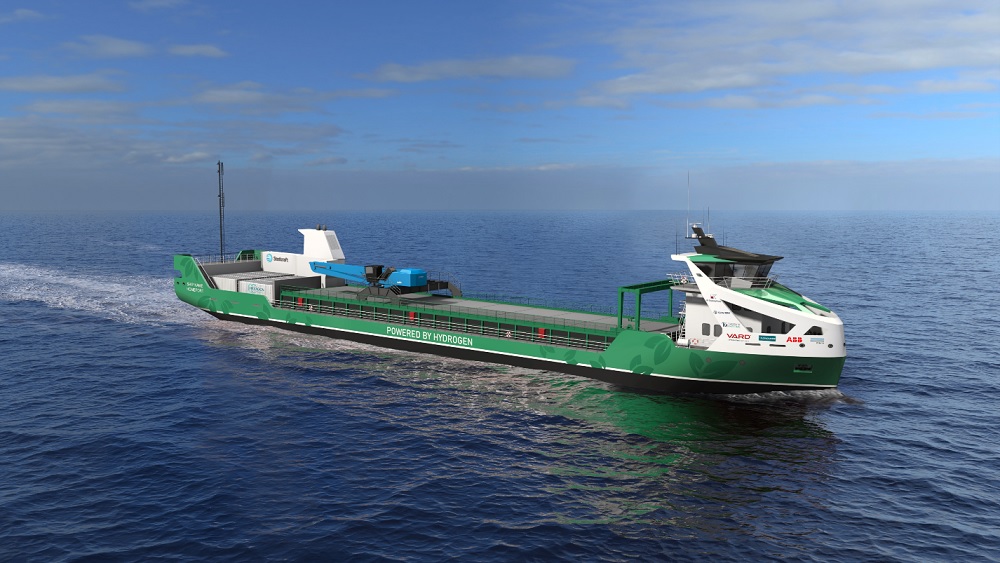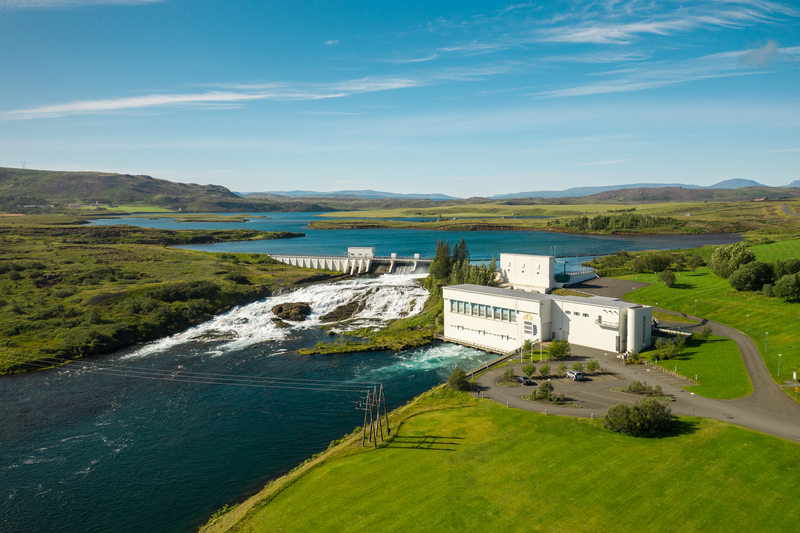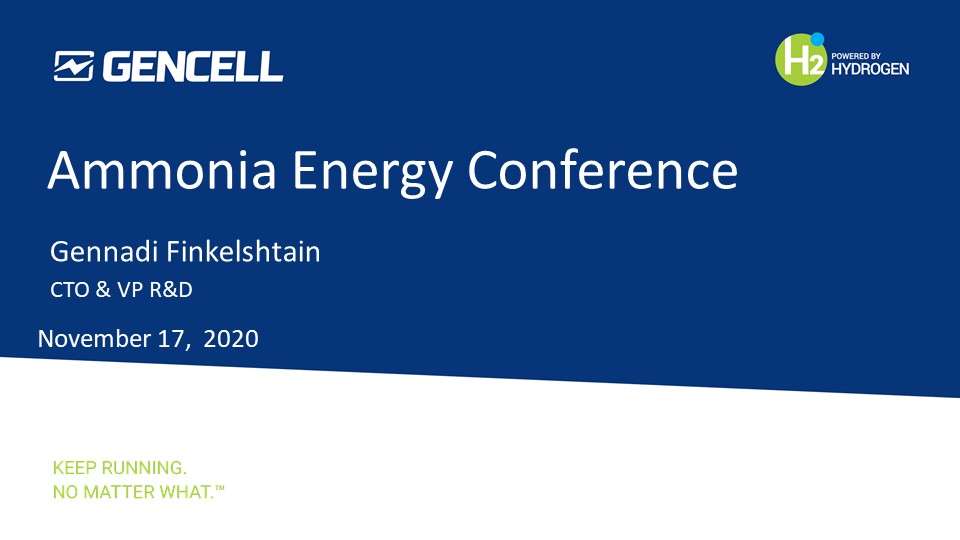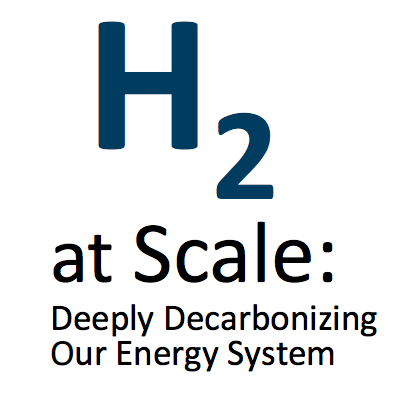Ammonia-powered EV charging in Israel
GenCell Energy and Israeli automotive importer EV Motors have deployed their first off-grid, hydrogen-fueled EV charging station in Netanya, Israel. Based on GenCell’s existing ammonia-fed, alkaline fuel cell systems, the partners hope to deploy a network of off-grid charging stations in both the Israeli and Chinese markets.
In other updates, GenCell and Deutsche Telekom are working to deploy GenCell’s hydrogen & ammonia-fed backup systems for a field trial, and Japan-based TDK Corporation announced they would continue their investment in GenCell’s R&D program for green ammonia synthesis technology.

